
© yesmagazine.org Illustration Jennifer Luxton
Char Barrett walked into a quaint cafe in Seattle with business in mind.
Over the smell of coffee and freshly baked tarts, she was going to advise a client on how best to host a special event at her home, helping coordinate everything from the logistics of the ceremony, to how to dress the guest of honor. People might cry, they might laugh, and all attention would be on the person of the hour—only that person would never see, hear, or enjoy the festivities, because they would be dead.
"People looked at me like I had two heads when I said, 'Keep the body at home after the person dies,'" says Barrett, a Seattle-based funeral director and certified "death midwife." "For families who want it, they should have the right to do it."
Barrett has been practicing home funerals in the area since 2006 through her business, A Sacred Moment. In a home funeral service, the body is either brought back to the family from the place of death or stays at home if the person died there. The family then washes the body, in part to prepare it for viewing and in part as a ritual.
"It's really the way we used to do it," says Barrett.
To Barrett and many other professionals who are offering alternatives to the more status-oriented, profit-driven funeral industry, it's time to rethink how we handle death. From consumer cooperatives that combat price gouging, to putting the power of choice back in the hands of the family, the city of Seattle has become a hub for alternative death care in the last two years, according to Barrett. The subculture of "deathxperts" want not only to empower their clients, but also potentially phase out their jobs altogether—a sort of death of the funeral director as we know it.
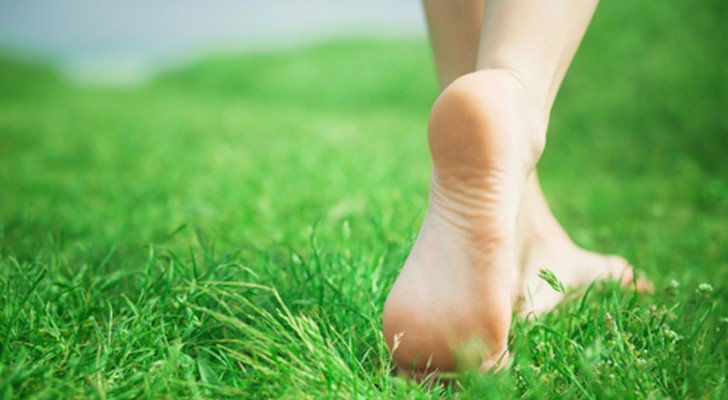
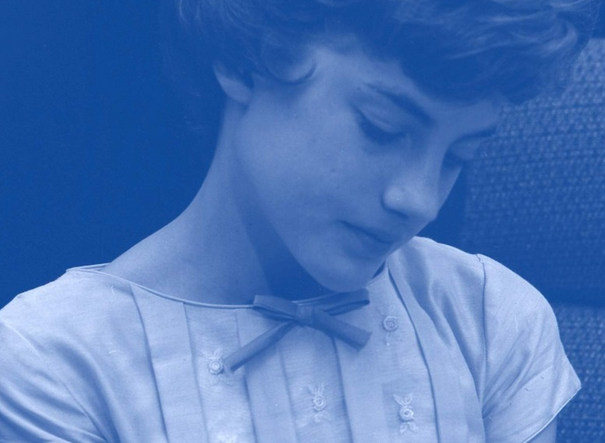
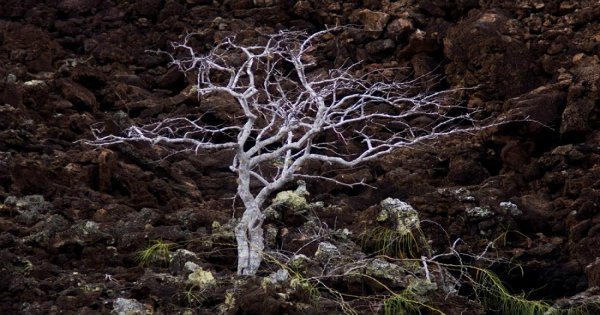



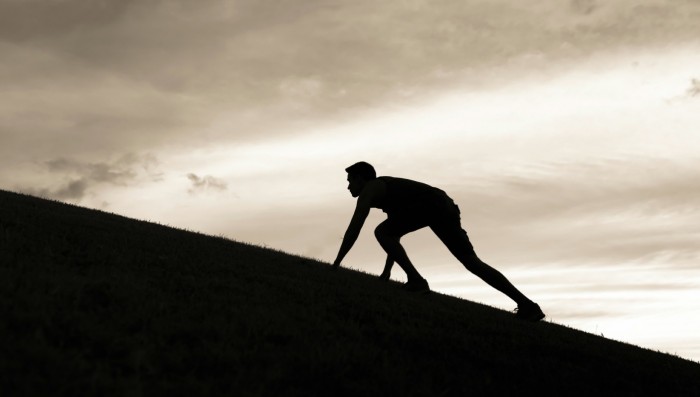
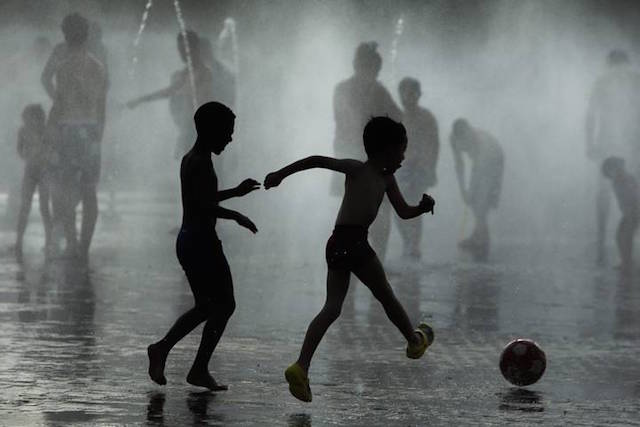
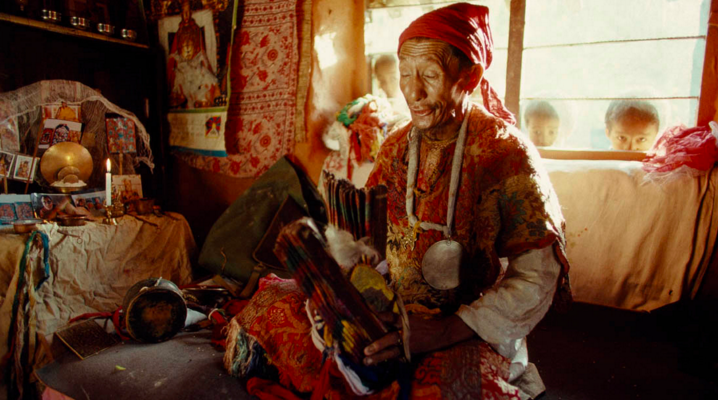
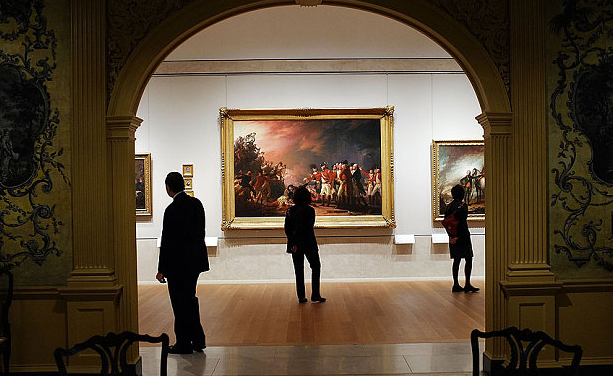



Comment: Earthing: Health Benefits from being Grounded